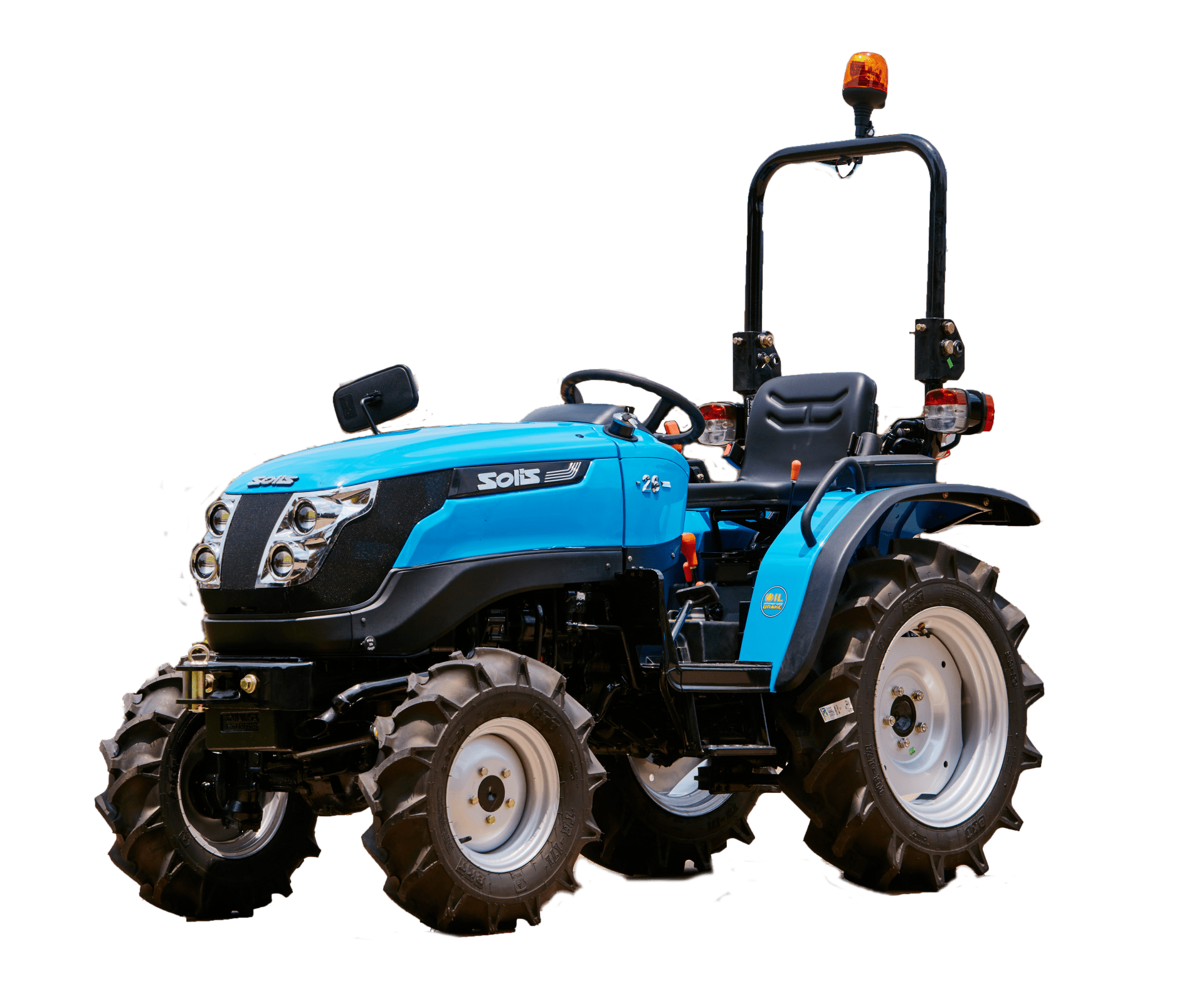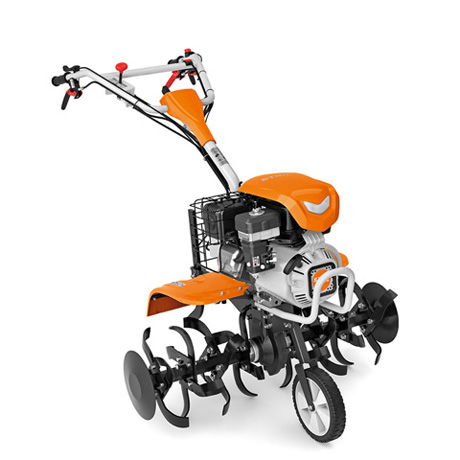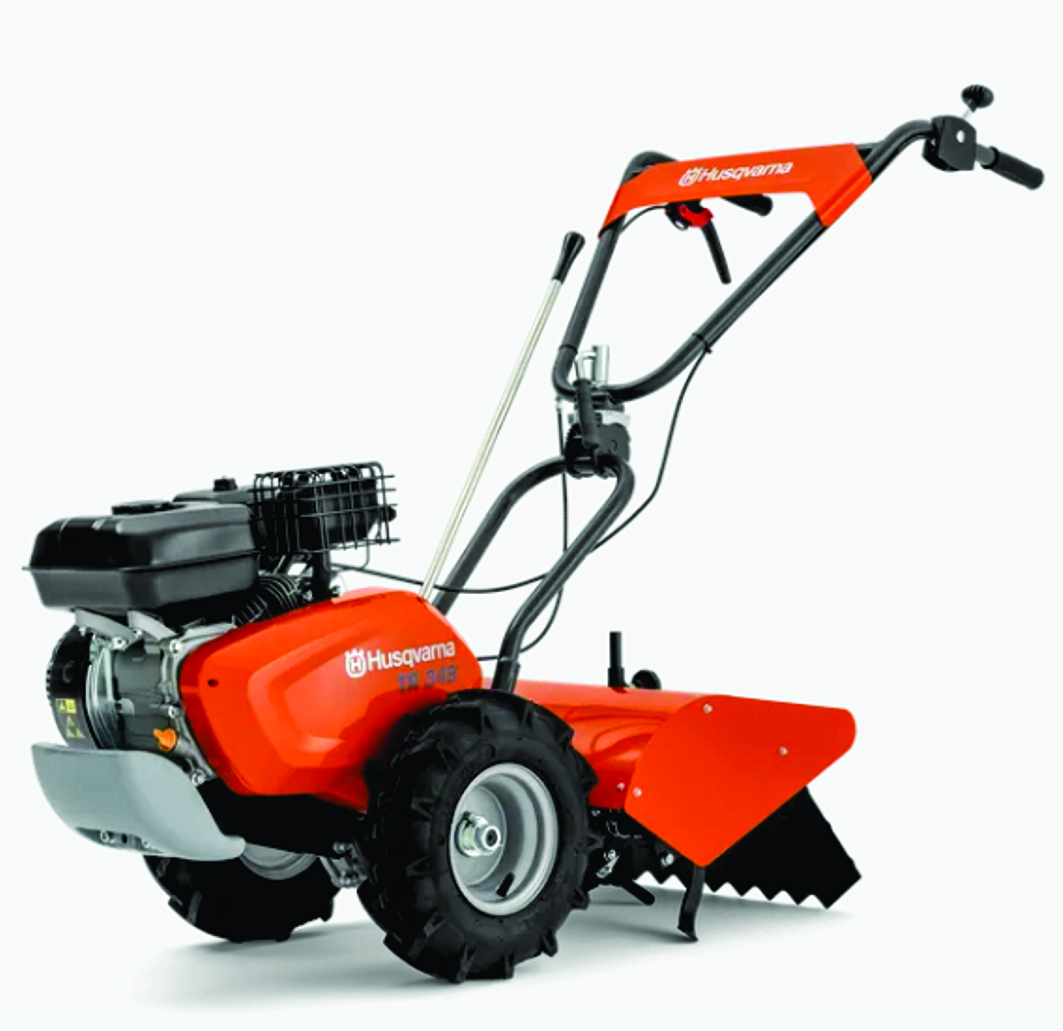Tunnel farming has become increasingly popular for South African smallholders due to its high yield relative to the amount of space used. Once you have your tunnel erected, it will then be up to you to decide how you wish to grow your produce.
For those growers wishing to make some income off their tunnel, there are two schools of thought for layout and design. The first is using raised beds or containers. This means constructing or purchasing growing beds or containers to allow for plants growing at waist-height. For hobby growers, this is ideal as the process of cultivation and harvesting will be easier on your back, and your outlay on the raised containers themselves will be manageable.
However, for commercial purposes, raised growing beds in a tunnel will require labour intensive farming. You will need to cultivate your growing medium by hand, often employing people at an ongoing cost to do this. Then, any work you need to do during growing such as weeding or fertilizing, will also need to be done by hand, requiring time and labour.
A more efficient way, therefore, to use your tunnel to its full potential is to grow directly in the soil. For this, you will ideally have erected your tunnel over a piece of arable land ~ or worst case scenario have brought in fertile soil before or after building the tunnel. More importantly however, you must ensure that your tunnel entrance is large enough to allow machinery to pass through easily. It is this machinery that will allow your tunnel to become an efficient and profitable growing location.
It is important to remember however, that if you are going to use machinery such as small tractors in your tunnels, you will need to leave sufficient space between your growing beds for the machinery to move around. This means you could potentially lose valuable area. But the toss up is if you will make the growing process more efficient through quicker cultivation.
Do you need a ride-on tractor and small implements and if so what make? Or a walk-behind? Or just a powered tiller?
In South Africa, there are a number of options when it comes to small tractors. The Landini Solis range offers at its small end the Solis 20 or Solis 26, both of which are ideally suited for tunnels. The four-wheel drive 20 has a maximum width of just over a metre and a stands just under 2m tall under its Rops (roll bar). It has a Cat 1 hydraulic lifting capability of 580kg and a full-sized PTO. The Solis 26 is slightly bigger at a width 1,19m.

Various Japanese-made tractors are available for use in tunnels. In the Kubota B-Series, the B 1181 and 1241 are both under one metre wide with lift capabilities of 540kg and 615kg respectively. Additionally, Kubota’s L series tractors are designed for use in vineyards and offer compact power for small spaces. Yanmar compact tractors offer the SA series of mini tractors. Hinomoto is available largely second-hand in South Africa. The 180DT offers a tilling width of 1,1m.
When buying a mini or compact tractor for your tunnel, bear in mind that these tractors usually require Category 1 implements, and not the more commonly used and larger Cat 2 devices.
Two-wheel walk-behind tractors are popular in parts of Asia and are available in our market. They require their own implements entirely (ie, not Cat 1 or 2), but are well-suited in terms of size and power required for a tunnel.
An alternative to mini-tractors and walk-behinds with ploughs, etc or rotavators, certainly in smaller applications, are walk-behind power tillers, at least for working the soil. Stihl’s MH range and Husqvarna’s TF and TR ranges, are ideal for tunnels. Both ranges offer a variety of sizes and power.

Depending on what you are planting, you might be able to get away with a small one operating at a depth of around 15cm, but there are models that extend up to 30cm and more. These tillers will help weed, plough or crumble your soil. Breaking your soil up into smaller pieces will help aerate the soil and prevent weeds from growing. Tillers will also loosen the ground under your topsoil, allowing for longer and better root development.

There is some argument, however, that repeated tilling or rotavating has the effect of breaking up the soil particles so that they become increasingly fine and clay-like, affecting the soil’s ability to maintain aeration to the roots, water absorption etc.
For planting, certainly at ground level, the small hand-seeders, either wheeled for continuous sowing of fine seed such as carrot, or single-drop for individually-spaced seeds, or the hand-operated Chinese seedling planters now available through certain agri-dealers, will prove a boon for preventing back strain.
Wheeled and single-shot hand-operated fertilizer dispensers are also now commonly available.
Main image: Dicla Horticulture

